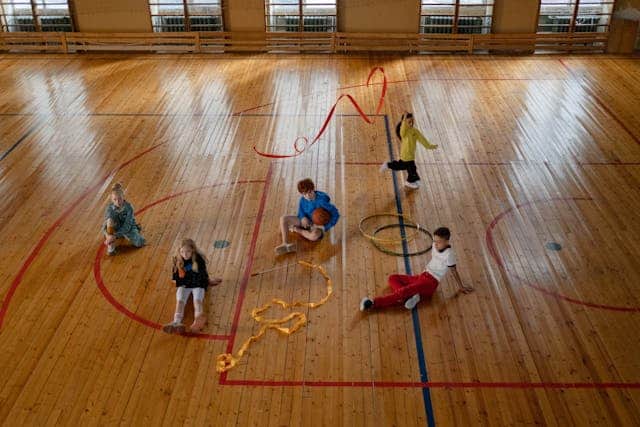
Exploring the perceptions of sedentary behaviour in community-dwelling older adults aged 75 and older: a series of focus group interviews
July 28, 2025
Association Between Total Daily Sedentary Time and Cardiometabolic Biomarkers in Older Adults: A Systematic Review and Meta-Analysis
August 13, 2025A new study entitled “Barriers and facilitators to increase physical activity and reduce sedentary behavior in Ethiopian office-based employees: a qualitative formative research using the social-ecological model” was recently published in Journal of Activity, Sedentary and Sleep Behaviors. A summary and citation are included below.
ABSTRACT
Background
Low levels of physical activity (PA) and high levels of sedentary behavior (SB) are major modifiable risk factors for the prevention of non-communicable diseases such as cardiovascular diseases, cancer, and diabetes. However, there is insufficient information on the barriers and facilitators of PA and SB in Ethiopia, particularly at multiple socioecological levels, to inform behavior change interventions that promote active living among office-based working adults. This qualitative formative study aimed to explore the barriers and facilitators to increasing PA and reducing SB in Ethiopian office employees using the social-ecological model (SEM) as a conceptual framework.Methods
A total of twenty-six office workers (19 physically inactive/sedentary, 7 physically active) and seven key informants participated in in-depth interviews conducted between April and June 2023 in Hawassa, southern Ethiopia. The interviews were audio-recorded, fully transcribed, translated into English, and iteratively coded. Data were analyzed using a thematic analysis approach, and the barriers and facilitators generated were mapped onto the SEM categories.Results
The findings were organized into thirteen themes that belong to the five levels of the SEM. Six themes were categorized to the intrapersonal level (sociodemographic and economic status; knowledge, experience and misperceptions; attitudes, beliefs and values; motivational challenges; sitting habit; and physical competence/skill); one theme belonged to the interpersonal level (social support); two themes were classified to the organizational level (work-related factors; organizational support); three themes were categorized to the environmental/community level (physical environment; social norm associated with walking; and PA promotional initiatives); and one theme belonged to the policy level (workplace health promotion policies).Conclusions
A complex interplay of multiple factors contributes to office workers’ PA and SB engagement. Interventions should consider multi-component behavior change strategies that target barriers and facilitators at multiple levels, including individually tailored approaches, in order to effectively influence these physical behaviors.
CITATION
Negussie, A., Clark, B., Addissie, A. et al. Barriers and facilitators to increase physical activity and reduce sedentary behavior in Ethiopian office-based employees: a qualitative formative research using the social-ecological model. J. Act. Sedentary Sleep Behav. 4, 13 (2025). https://doi.org/10.1186/s44167-025-00083-x
Photo by fauxels on pexels




